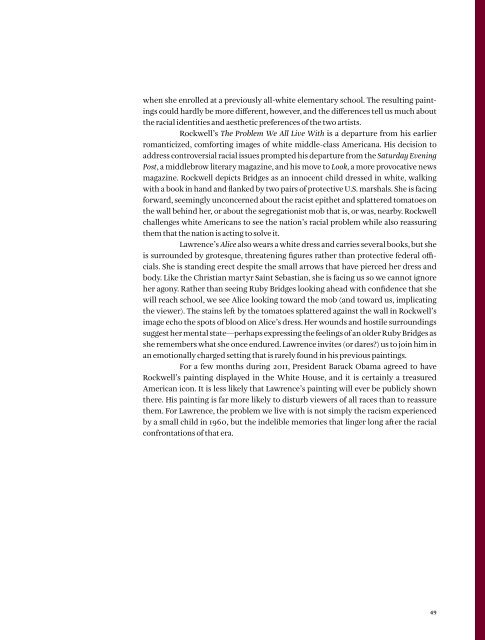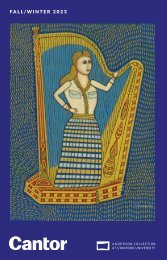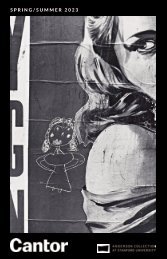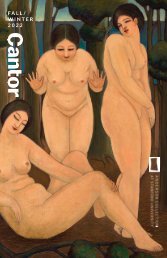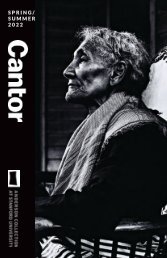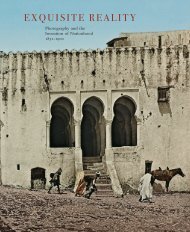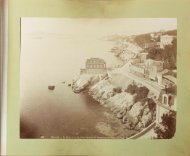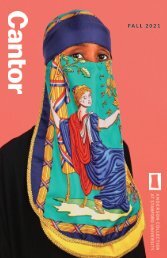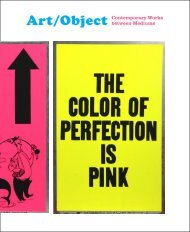Exhibition Catalog | Jacob Lawrence
Explore a gift of drawings, prints, and paintings by African American modernist Jacob Lawrence addressing Black history and civil rights, public life, faith, and creativity.
Explore a gift of drawings, prints, and paintings by African American modernist Jacob Lawrence addressing Black history and civil rights, public life, faith, and creativity.
You also want an ePaper? Increase the reach of your titles
YUMPU automatically turns print PDFs into web optimized ePapers that Google loves.
when she enrolled at a previously all-white elementary school. The resulting paintings<br />
could hardly be more different, however, and the differences tell us much about<br />
the racial identities and aesthetic preferences of the two artists.<br />
Rockwell’s The Problem We All Live With is a departure from his earlier<br />
romanticized, comforting images of white middle-class Americana. His decision to<br />
address controversial racial issues prompted his departure from the Saturday Evening<br />
Post, a middlebrow literary magazine, and his move to Look, a more provocative news<br />
magazine. Rockwell depicts Bridges as an innocent child dressed in white, walking<br />
with a book in hand and flanked by two pairs of protective U.S. marshals. She is facing<br />
forward, seemingly unconcerned about the racist epithet and splattered tomatoes on<br />
the wall behind her, or about the segregationist mob that is, or was, nearby. Rockwell<br />
challenges white Americans to see the nation’s racial problem while also reassuring<br />
them that the nation is acting to solve it.<br />
<strong>Lawrence</strong>’s Alice also wears a white dress and carries several books, but she<br />
is surrounded by grotesque, threatening figures rather than protective federal officials.<br />
She is standing erect despite the small arrows that have pierced her dress and<br />
body. Like the Christian martyr Saint Sebastian, she is facing us so we cannot ignore<br />
her agony. Rather than seeing Ruby Bridges looking ahead with confidence that she<br />
will reach school, we see Alice looking toward the mob (and toward us, implicating<br />
the viewer). The stains left by the tomatoes splattered against the wall in Rockwell’s<br />
image echo the spots of blood on Alice’s dress. Her wounds and hostile surroundings<br />
suggest her mental state—perhaps expressing the feelings of an older Ruby Bridges as<br />
she remembers what she once endured. <strong>Lawrence</strong> invites (or dares?) us to join him in<br />
an emotionally charged setting that is rarely found in his previous paintings.<br />
For a few months during 2011, President Barack Obama agreed to have<br />
Rockwell’s painting displayed in the White House, and it is certainly a treasured<br />
American icon. It is less likely that <strong>Lawrence</strong>’s painting will ever be publicly shown<br />
there. His painting is far more likely to disturb viewers of all races than to reassure<br />
them. For <strong>Lawrence</strong>, the problem we live with is not simply the racism experienced<br />
by a small child in 1960, but the indelible memories that linger long after the racial<br />
confrontations of that era.<br />
49


